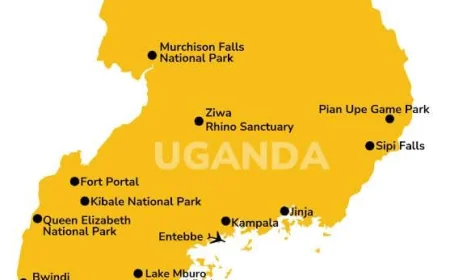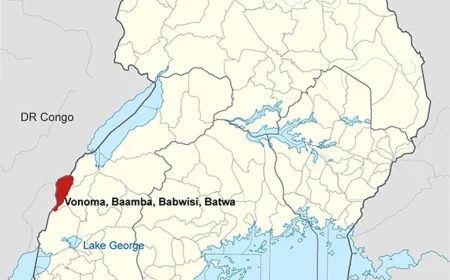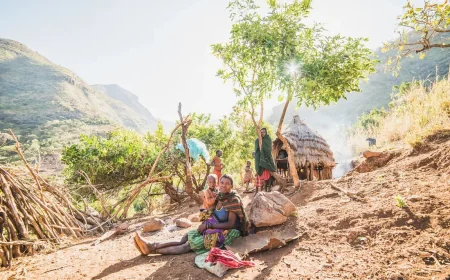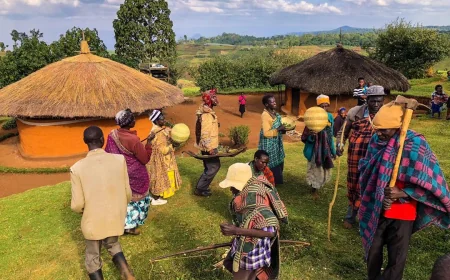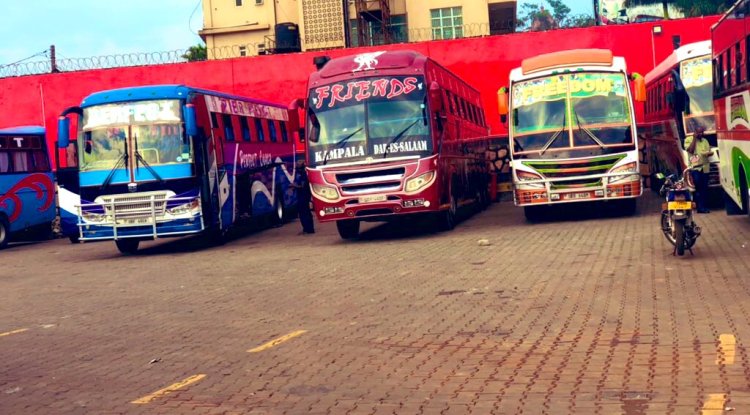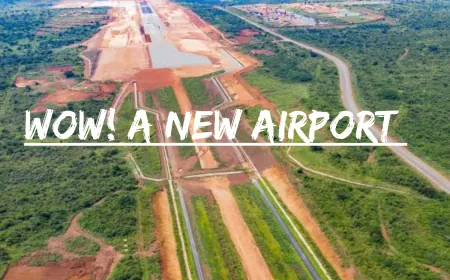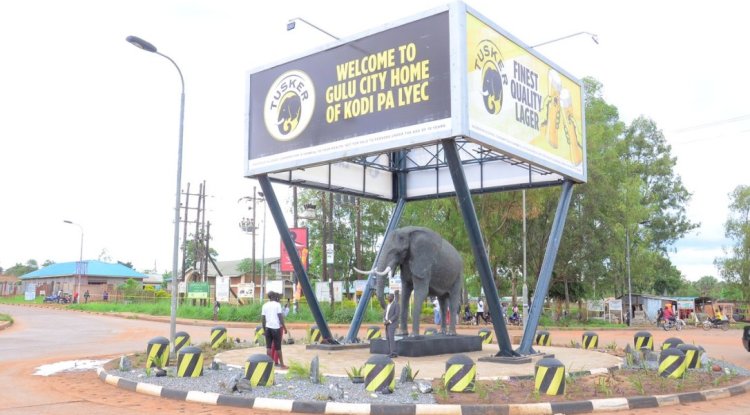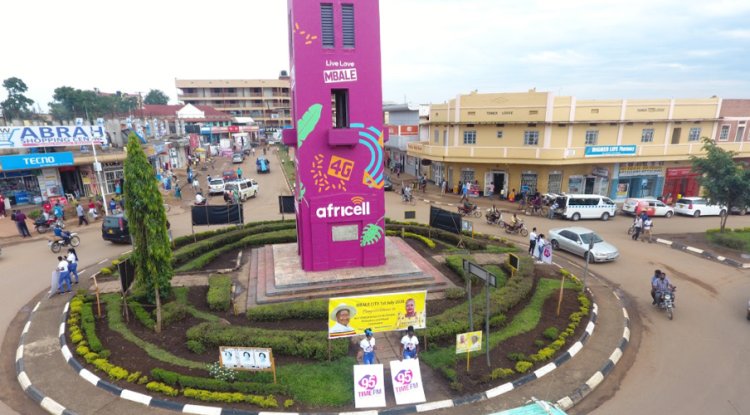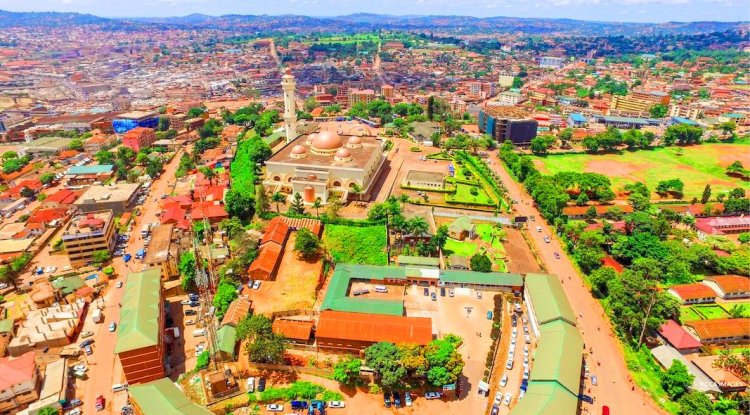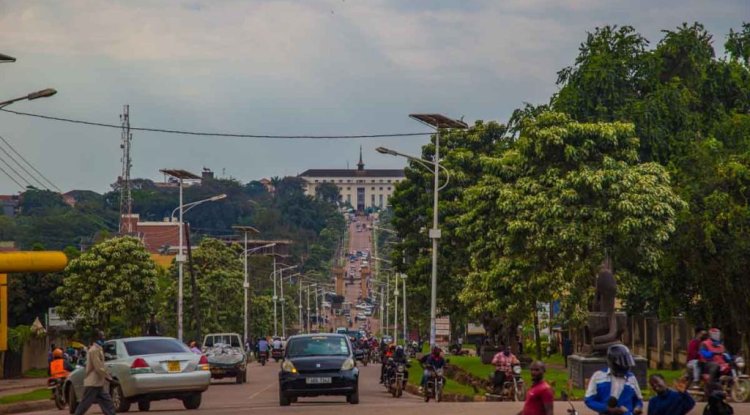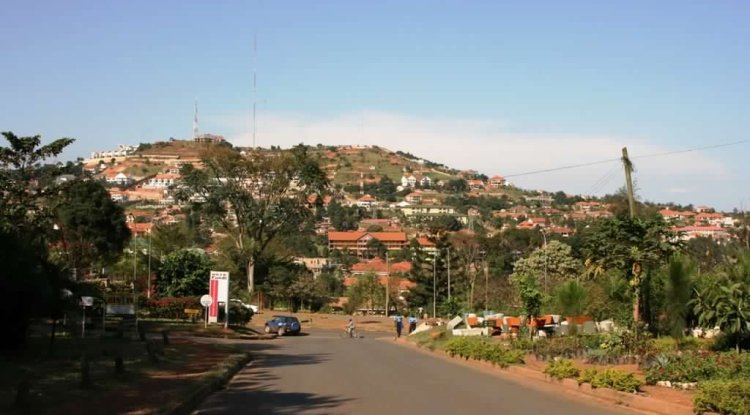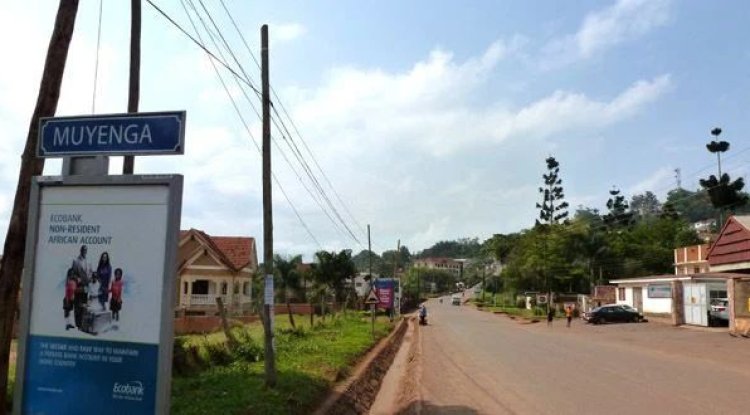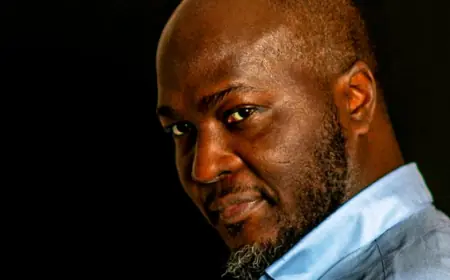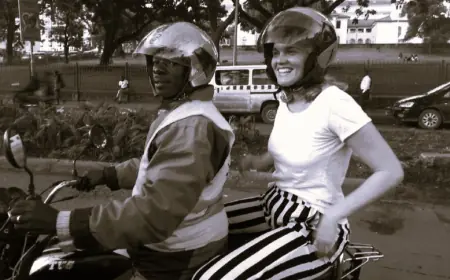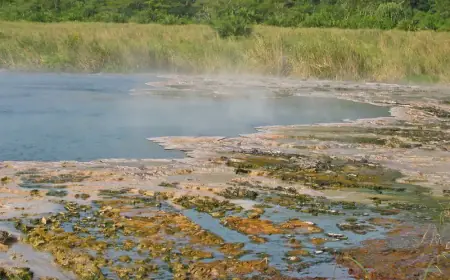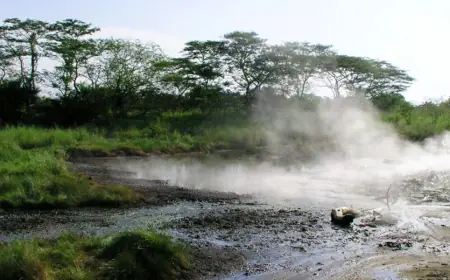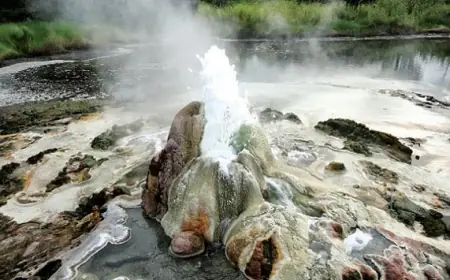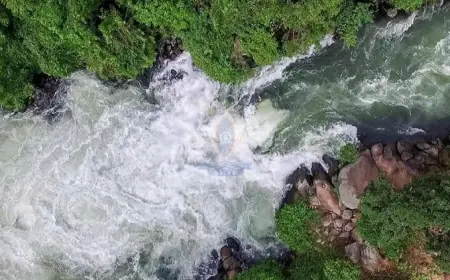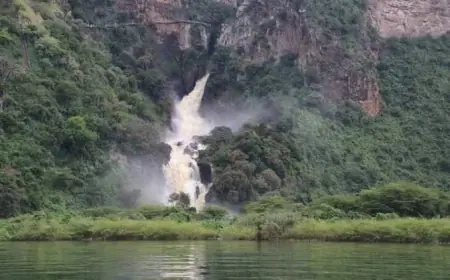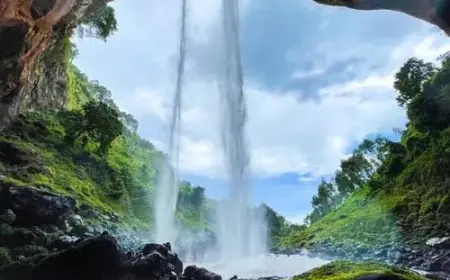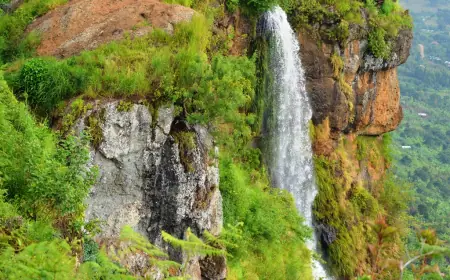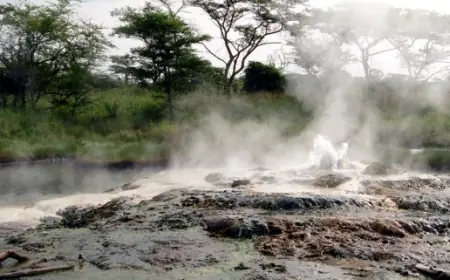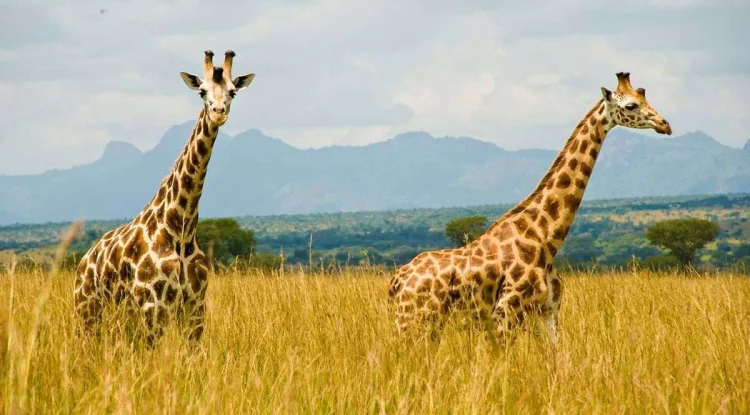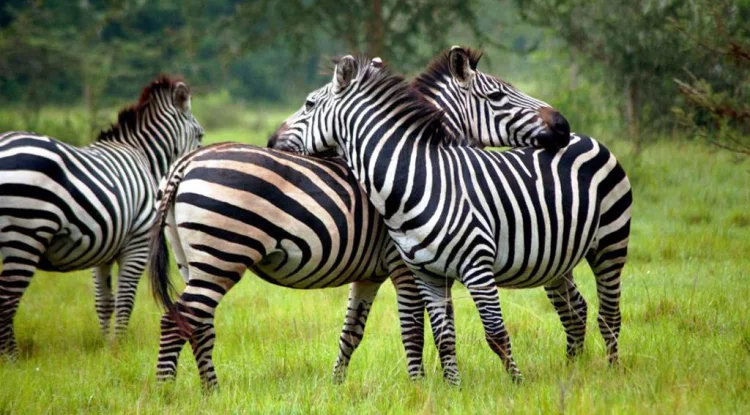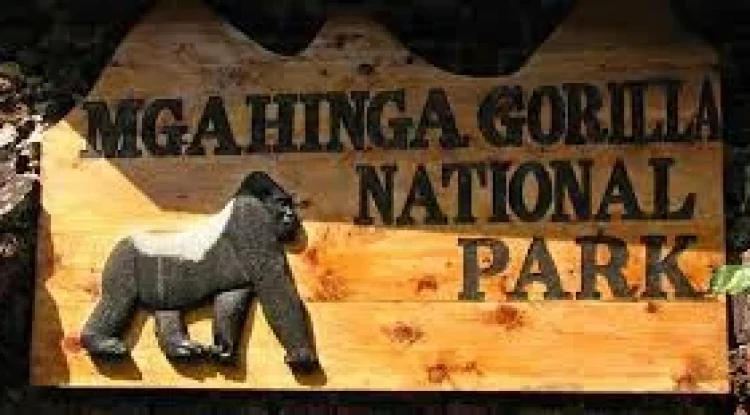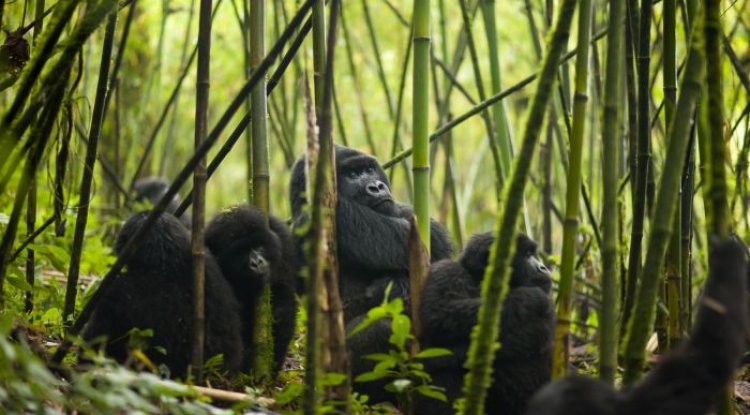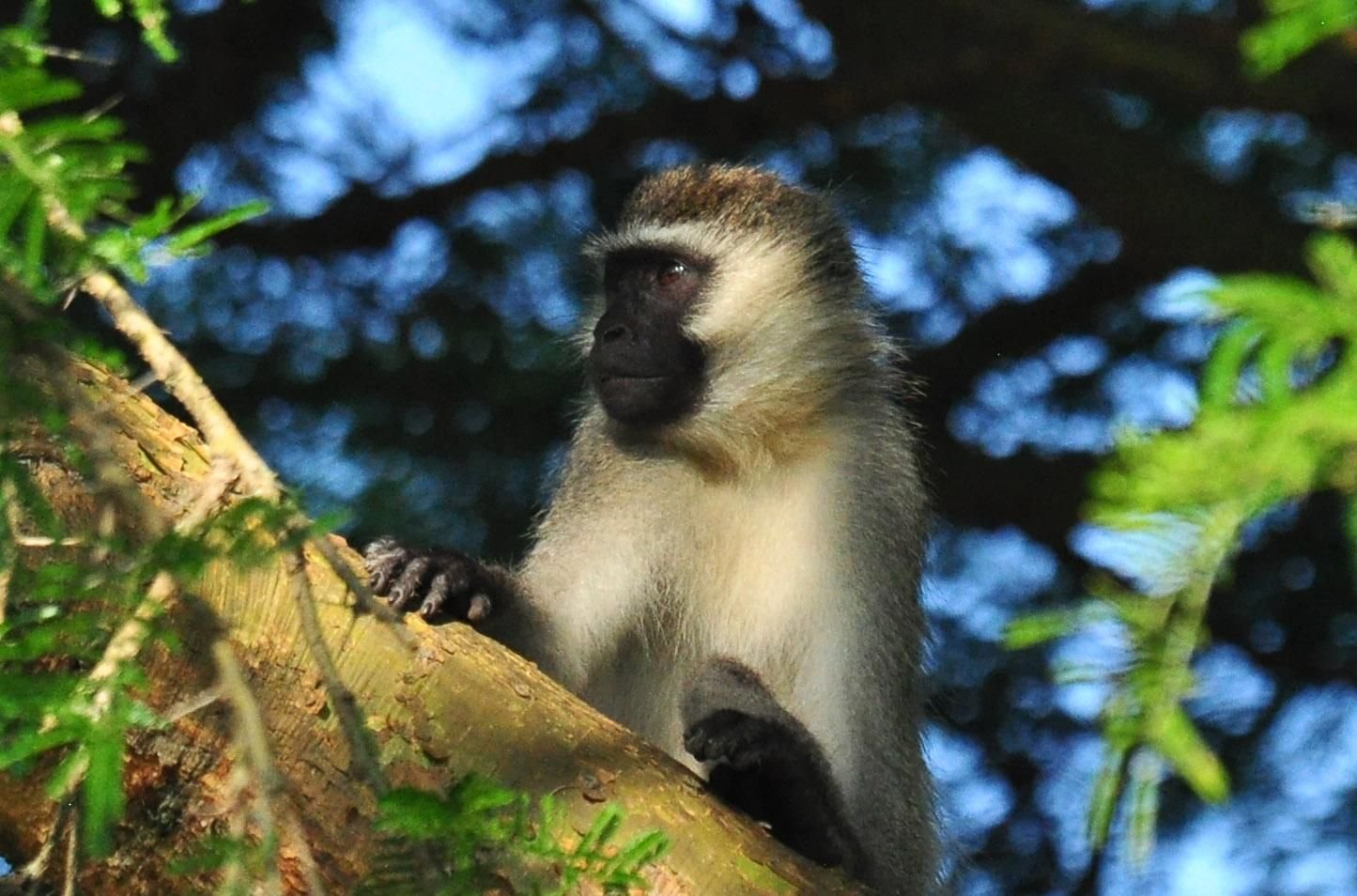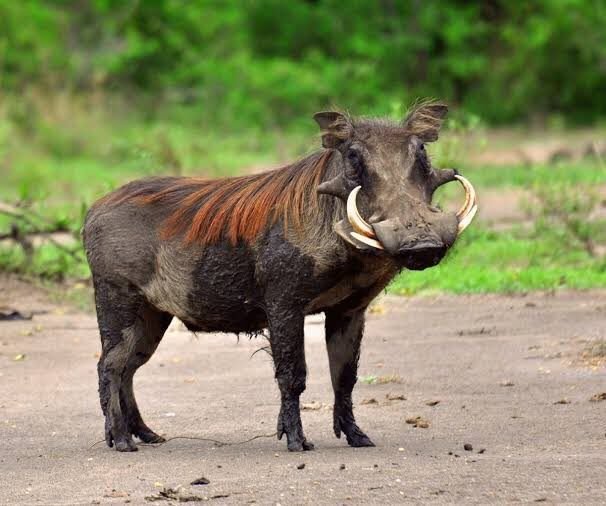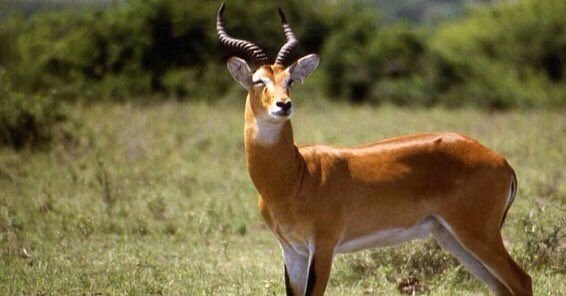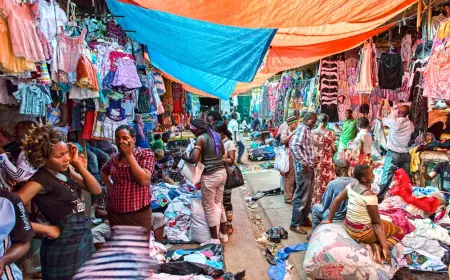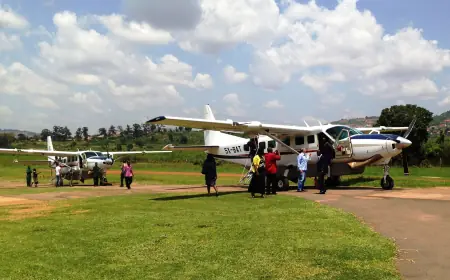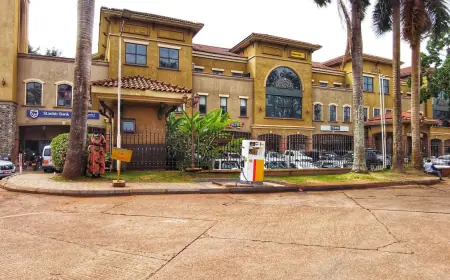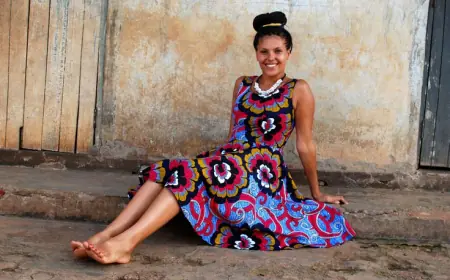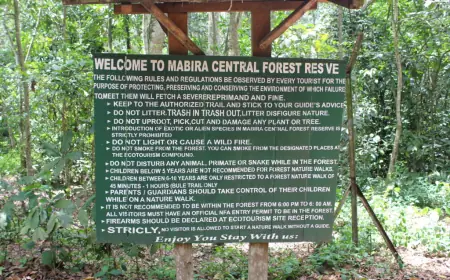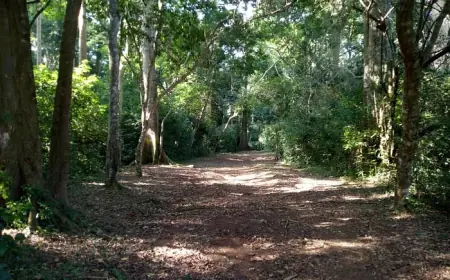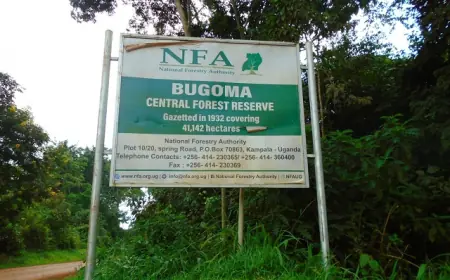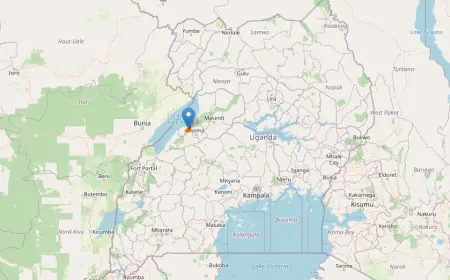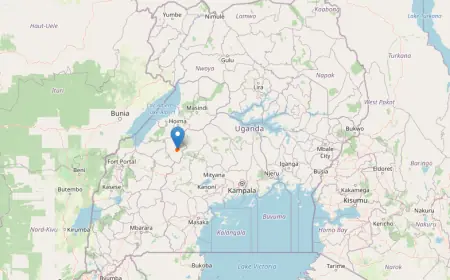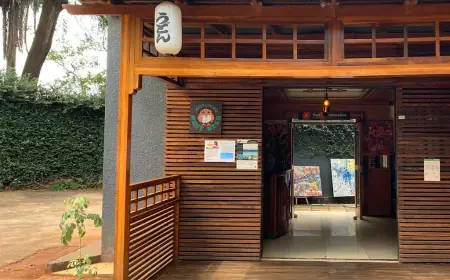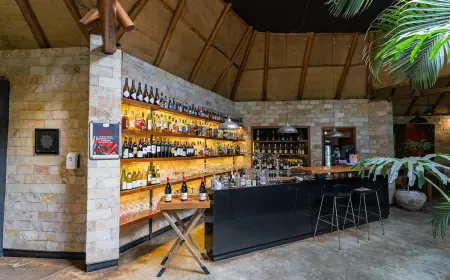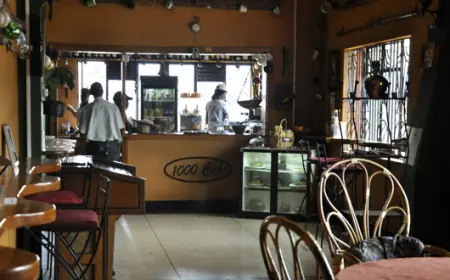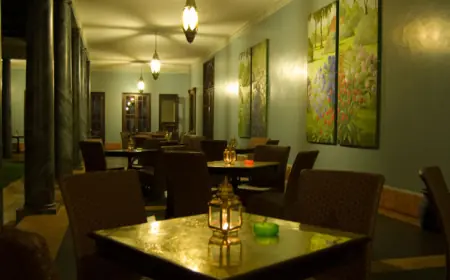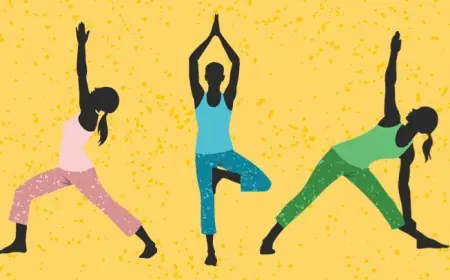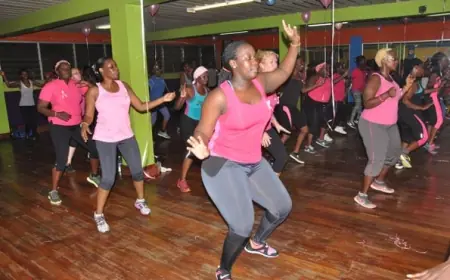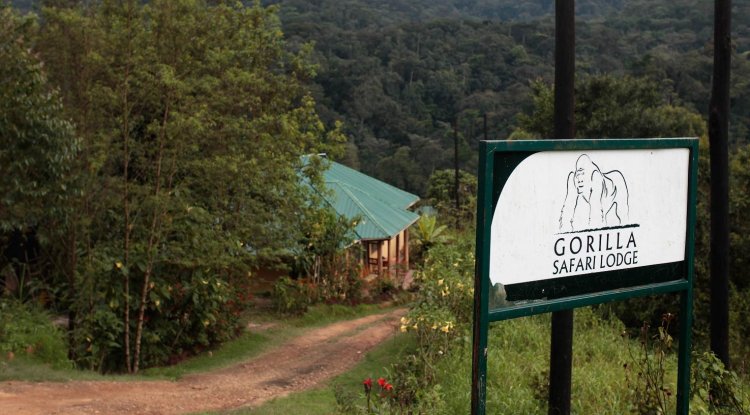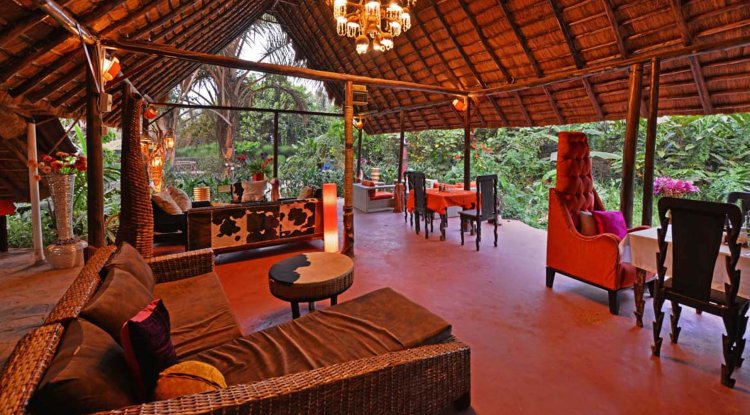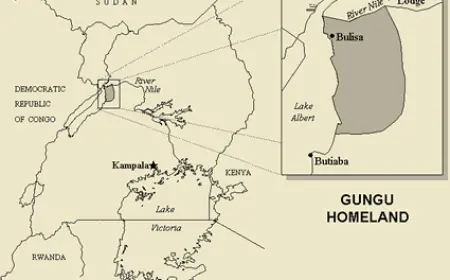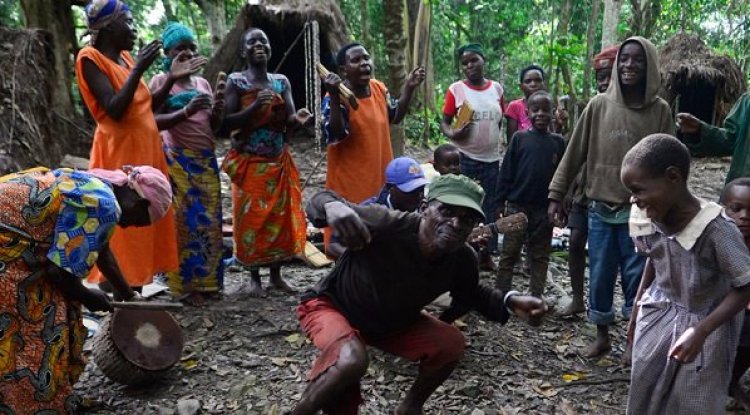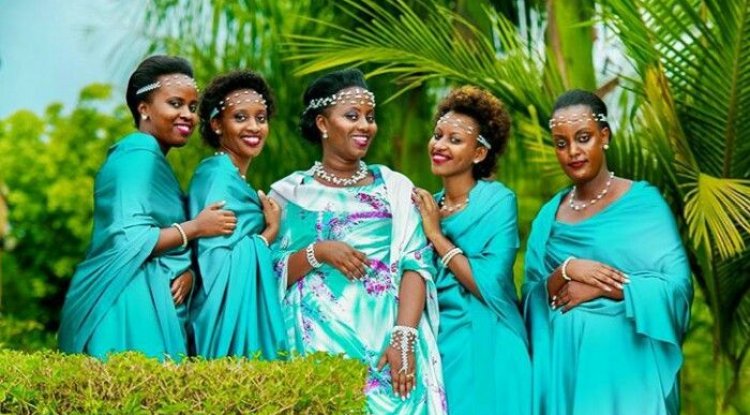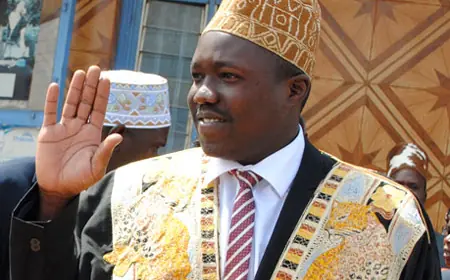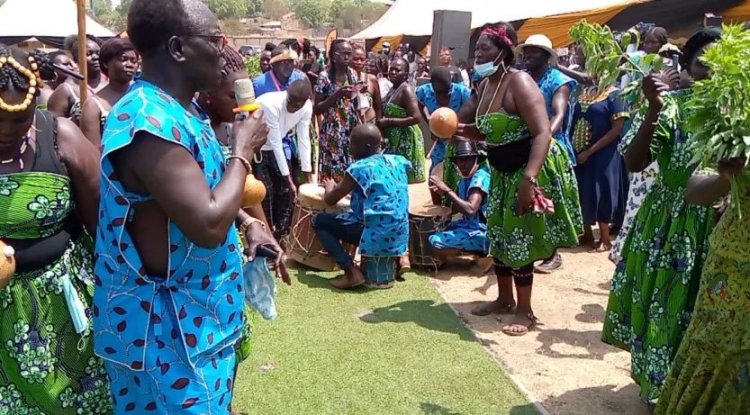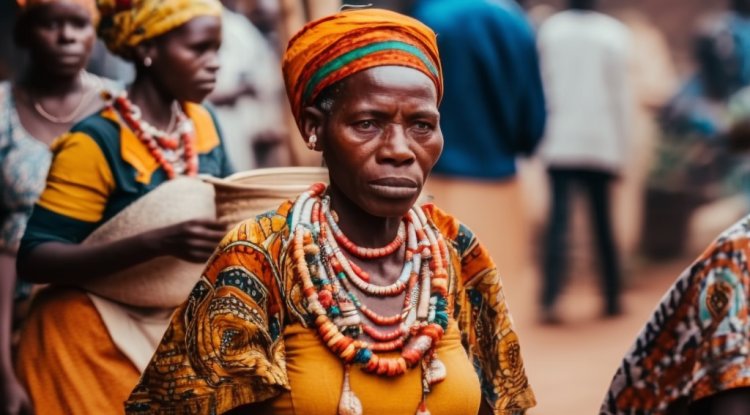Bakiga: The People of the Mountains
The Bakiga, also known as the Kiga or Chiga, are an ethnic group that is predominantly found in the southwestern part of Uganda, specifically in the Kigezi region.
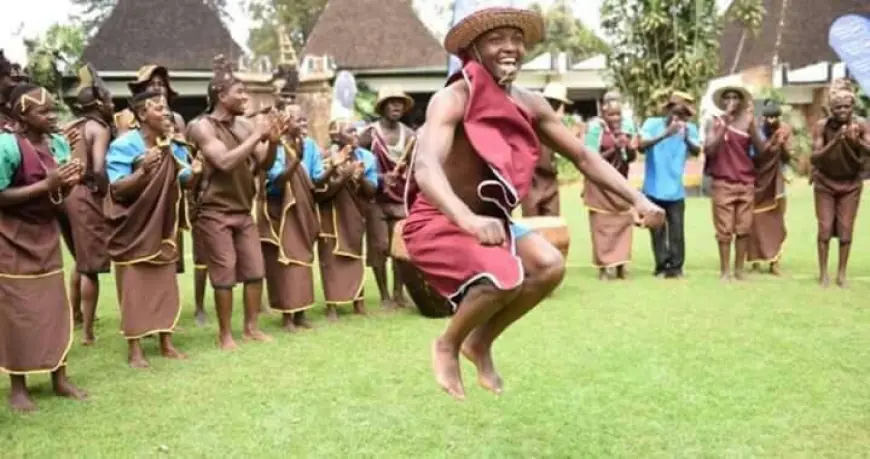
Imagine living in a land of rolling hills, lush valleys, and deep lakes, where the climate is cool and the soil is fertile. Imagine being part of a community that values hard work, resilience, and solidarity and that has a rich history and culture that spans centuries. This is the reality of the Bakiga, the people of the mountains.
The Bakiga, also known as the Kiga or Chiga, are an ethnic group that is predominantly found in the southwestern part of Uganda, specifically in the Kigezi region. They are believed to have migrated from the Congo Basin and settled in the region in the early 16th century. They are closely related to other Bantu-speaking groups in the region, such as the Banyankole, the Batooro, and the Banyarwanda.
In this article, we will explore the Bakiga’s way of life, their traditions and customs, their challenges and achievements, and their contributions to the development of Uganda and beyond.
Origins of the Kiga people
Different traditions conceal the Bakiga's true origins. Some claim that during the Luo Invasion, the Bakiga moved from Bunyoro to Karagwe, where they first settled. They have ties to Tanzania's Banyambo people. An other tradition that is more rational states that the Bakiga originated in Buganza, Rwanda. Due to internal political strife, they left Buganza in search of fertile land and to avoid natural hazards.
The Bakiga people are believed to have left Rwanda and moved to Bwisa, Bugoyi, Rutchru, and lastly, Kigezi in Zaire. Given that the Bakiga speak Bantu, this tradition might be genuine. It's also possible that the Bakiga were among the Bantu speakers who moved from the Congo through Bunyoro, Karagwe, Rwanda, and eastern Zaire before settling in Kigezi. The precise dates on which they arrived in each of the regions on the way to Kigezi are still unknown.
Land and livelihood
The Bakiga live in a mountainous area that is characterized by steep slopes, high altitudes, and abundant rainfall. The region is also home to Lake Bunyonyi, one of Africa’s deepest lakes, and the Mgahinga Gorilla National Park, where the endangered mountain gorillas can be found.
The Bakiga are mainly subsistence farmers, and their main crops include bananas, beans, maize, and Irish potatoes. They practice a unique farming technique known as "terracing," where they create stepped fields on steep hillsides to prevent soil erosion and increase crop yields. The Bakiga are also known for their excellent cattle-rearing skills, with the long-horned Ankole cattle being the most common breed.
The Bakiga have a strong attachment to their ancestral land, which they consider a sacred gift from their ancestors. They have a responsibility to protect and preserve it for future generations. Land is also a source of identity, pride, and social status for the Bakiga. However, due to population growth, land scarcity, and environmental degradation, the Bakiga face challenges in maintaining their land rights and productivity.
Culture and religion
The Bakiga have a rich cultural heritage that is expressed through their language, music, dance, and art. Their language, known as Rukiga, is a Bantu language that is closely related to other languages spoken in the region, such as Rutooro, Runyankole, and Rukonjo. Rukiga is the official language of the Kigezi region and is also spoken by a significant number of people in neighboring districts.
Dance and Music
The Bakiga people of Kigezi, sometimes referred to the "Switzerland of Africa" due to its climate and terrain that are comparable to those of most European nations, have a royal dance known as ekizino. Ekizino is the warm-up dance in the colder months. The men who go farming early in the morning must hop around a bit to warm up and to stretch their muscles after work because Kigezi is a mountainous area. Historically, until they discovered indications of water, the people would also stamp the earth. Consequently, this extremely spirited dance symbolizes their leaping and stamping and is intended to show off their strength and endurance. Women also take part in this intense dance, although they show off their arms in a more elegant style.
The Bakiga were and still are very good zither (enanga) players. They played it alone or in groups.
Social structure
There were several Bakiga clans, the largest of which was the Basiga clan. Every clan consisted of multiple lines, with Omukuru w'omuryango being the leader of each lineage. It was forbidden for a man to wed inside his clan.
Religious beliefs
The Bakiga have a mixed belief system that incorporates traditional African religions and Christianity. They believe in a supreme being called Ruhanga, who is responsible for the formation of the world. They also believe in ancestral spirits and other supernatural beings, such as emandwa (ghosts), emizimu (spirits), and ebitwale (witches). The Bakiga practice rituals and ceremonies to honor and appease these forces, such as offering sacrifices, consulting diviners, and performing rites of passage.
Today, the majority of the Bakiga are Christians, with the Catholic and Anglican churches being the most dominant. Christianity was introduced to the region by European missionaries in the late 19th and early 20th centuries. The Bakiga have adopted some aspects of Christian faith and practice while retaining some of their traditional beliefs and customs.
The dressing code
In the past, wealthy men would dress in one or two cow hides. The skin covered the private areas and draped from the shoulder. A guy would belt himself when engaging in combat or dancing, but when clearing land, one would set it aside, labor without skin, and then put it back on when the task was over. In the past, women would wear tops and skirts composed of several skins. The torso was covered with a skin garment. Women's special occasion clothing was created and embellished with beads and ringlets using small skin-piercing holes (Ebishato). Extra decorative adornments for the hands and legs would be worn by both wealthy men and women ("The Enyerere and Emiringa").
Raising bakiga girls and boys
Fathers and uncles would coach boys through the men's routine. These included chopping firewood, hunting, herding cattle, removing shrubs to make way for crops, building homes, and other tasks. A woman's virginity was crucial for future mothers. An unmarried girl would be brought to a forest, fastened to a tree, and abandoned to the whims of the animals if she became pregnant.
Alternatively, she would be tossed from a cliff. Some of the sites used for this purpose included Hamuhonga on the border of Rwamucucu and Kashambya, as well as Kisizi Falls. At Lake Bunyonyi, a specific island was used to dump these unlucky girls. From here, some were rescued to become second spouses or wives of men with inadequate means of subsistence, sometimes unable to raise dowery.
Marriage traditions of the bakiga
The Bakiga are a polygamous society, with the number of spouses limited only by land availability and bride wealth.
Marriage was a very important cultural institution for the Bakiga. Traditionally, no marriage could be celebrated without the payment of bride riches. Traditionally, the boy's father or uncle may arrange a marriage on his behalf. The final arrangements could only be completed after the payment of bride's riches. Traditionally, the boy's father paid for the bride. It included cows, goats, and hoes. The amount paid varied by group and family within a group. It is said that it was forbidden to sell any animals provided as bridewealth.Such animals could be used to obtain wives for the girl’s brothers or father.
The bride's wealth was divided among her prominent relatives. The most important relatives were Nyinarimi, the maternal uncle, and Ishenkazi, the paternal aunt. If one of them left dissatisfied, they claimed, he could make the girl barren or cause her to suffer from chronic illness by inciting the wrath of the ancestors.
Divorce
Divorce was a regular practice among the Bakiga. The most common causes were infertility and laziness on the part of the woman or husband. Other forms of misunderstanding between a husband and wife may also lead to divorce. A divorce allowed her to remarry, but she would receive fewer bride riches because she was no longer a virgin. Elders settled the majority of potential divorce cases.
Conclusion
The Bakiga are a remarkable people who have a rich and diverse culture, a strong and resilient spirit, and a remarkable history and legacy. They have faced and overcome many challenges and have contributed to the development of Uganda and beyond. They have also preserved and passed on their traditions and customs, which continue to inspire and educate future generations. The Bakiga are indeed the people of the mountains.
What's Your Reaction?
 Like
1
Like
1
 Dislike
0
Dislike
0
 Love
2
Love
2
 Funny
0
Funny
0
 Angry
0
Angry
0
 Sad
0
Sad
0
 Wow
2
Wow
2
